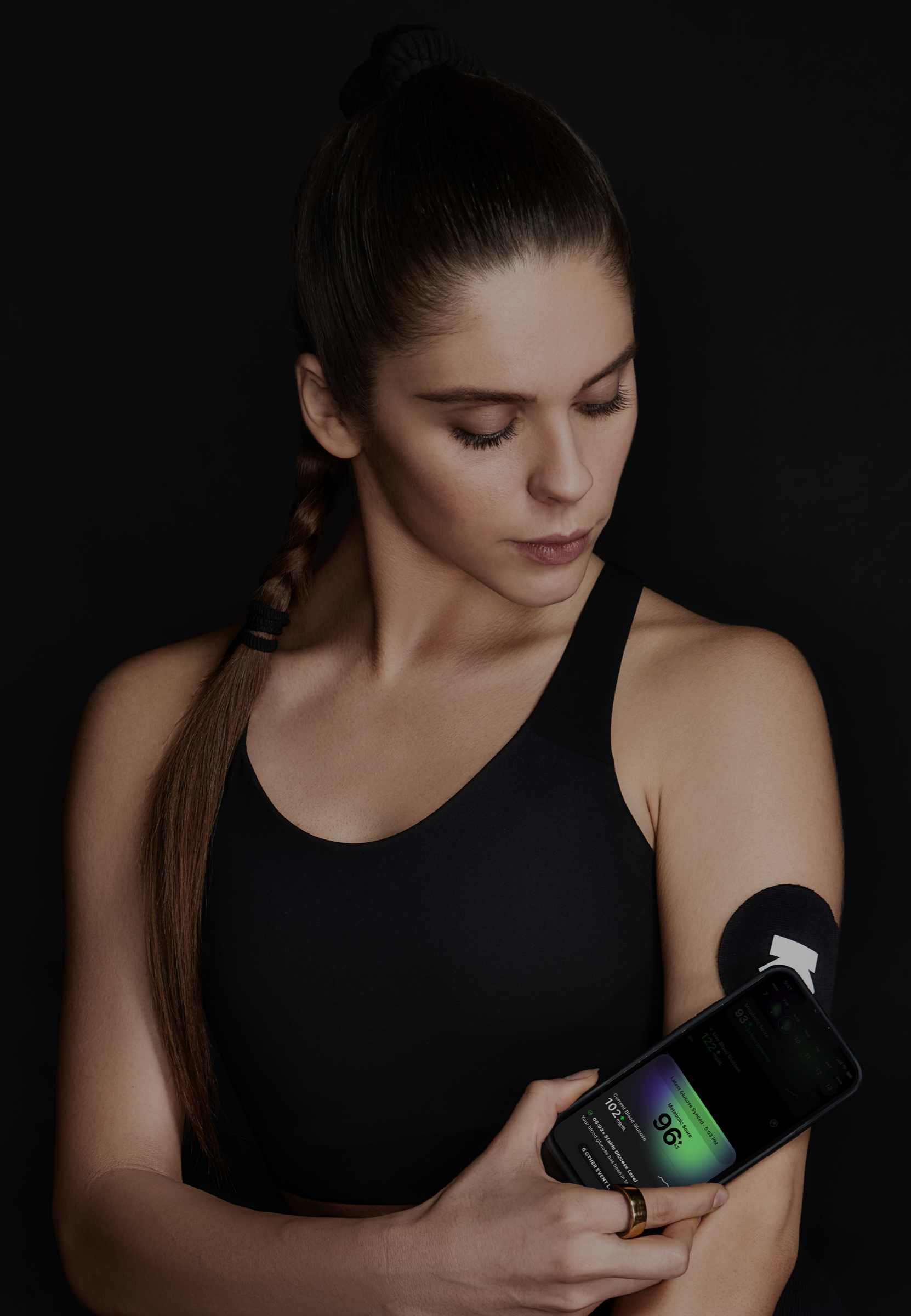
Papaya (1 Medium (5 1/8 Inches Long X 3 Inches Dia)) and Guava (1 Guava, Common)
Lunch
151 mg/dL
avg. peak value
Usually causes a large spike
Avg. Food Score on Ultrahuman App
Ultrahuman Users got a STABLE response
How to consume Guava, Papaya without glucose spikes
Pair with Protein
Consume a source of lean protein, like grilled chicken or tofu, alongside your fruits to help slow down the absorption of sugar in your bloodstream.
Include Healthy Fats
Add healthy fats such as a handful of nuts or a slice of avocado to your meal, as fats can help moderate the digestion and absorption of sugars.
Incorporate Fiber-Rich Foods
Eat plenty of fiber-rich foods, like lentils or whole oats, with your fruits to help stabilize blood sugar levels.
Stay Hydrated
Drink plenty of water throughout the day to help your body process glucose more effectively.
Add Vegetables
Combine your fruits with non-starchy vegetables, such as spinach or kale, to balance the natural sugars with additional nutrients and fiber.
Opt for Smaller Portions
Reduce the portion size of guava and papaya to limit the amount of sugar intake in one sitting.
Walk After Eating
Engage in light physical activity, such as a short walk, after meals to help your body use up the glucose more efficiently.
Time Your Fruit Intake
Consume fruits earlier in the day when your body is more active and can better manage sugar levels.
Monitor Your Blood Sugar
Keep track of your blood sugar levels regularly to understand how your body responds and adjust your diet accordingly.
Consult a Dietitian
Seek advice from a healthcare professional to tailor dietary recommendations based on your specific health needs.

Discover
metabolic
health with M1
Ultrahuman M1 helps you measure the impact of food and activity on your body in real time through glucose as a biomarker.
Explore Ultrahuman M1Find Glucose response for your favourite foods
Explore OGDbYour cart is empty
Browse through our products and find something for you.
